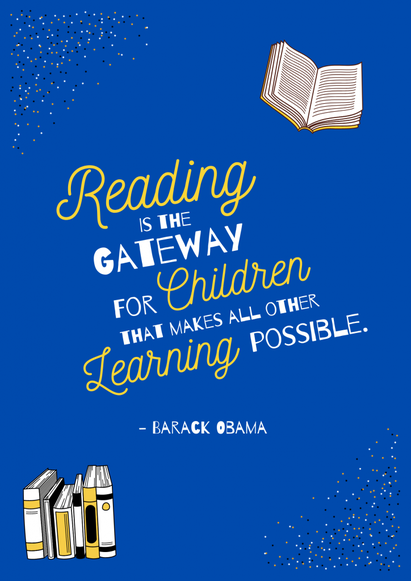Reading
 ‘The teaching of reading and phonics is a strength of the school.’
‘The teaching of reading and phonics is a strength of the school.’
Ofsted 2016
"Leaders ensure that pupils develop a love of reading. In all classes, teachers regularly read books to pupils."
Ofsted 2019
Intent
At St Anne’s C of E Primary School, we want children to love reading as much as we do; reading for pleasure is prioritised and at the heart of our curriculum. Time is organised to support all children to become confident, keen, and capable readers so that they are able to access the entire curriculum. We understand that being able to read fluently and being able to comprehend what they have read is a key life skill within education and beyond. We are committed to ensure that all children are taught to read well, reach age expectations, and share an enthusiasm and love for reading that travels beyond their life at school.
A reader from St Anne’s C of E Primary School will be able to:
- Read at an age expected standard.
- Apply their phonics knowledge when reading as well as other strategies to identify unknown words. For example, reading around the word for meaning, breaking it up into parts etc.
- Develop reading for pleasure that lasts a lifetime.
- Experience a wide breath of books, including a range of genres and themes.
- Understand a variety of text types including fiction, non-fiction and poetry.
- Have a good understanding for a wide range of vocabulary.
- Retrieve information from the text through skimming and scanning.
- Read between the lines to make accurate inferences.
Implementation
We are passionate about reading at St Anne’s C of E Primary School. We believe that reading is a passport to the world and therefore every child deserves the chance to become a reader. We have adopted a coherent, rigorous and sequential approach to reading; children journey through St Anne’s acquiring essential knowledge and skills which progressively develop their reading ability and passion. Time and care have been taken in selecting challenging and purposeful reading materials which are carefully planned and taught to the whole-class each day
Impact
Through the teaching of systematic phonics, our aim is for children to become fluent readers by the end of Key Stage One. This way, children can focus on developing their fluency and comprehension as they move through the school.
Attainment in reading is measured using the statutory assessments at the end of Key Stage One and Two. These results are measured against the reading attainment of children nationally.
The impact of the teaching of reading is achieved through range of areas:
- Judgements of Key Performance Indicators linked to in-class teaching together with termly Nfer testing are used to establish the level at which pupils are comprehending.
- Weekly monitoring of home reading is celebrated through “Remarkable Reader” awards.
- Half-termly STAR tests are used to track the reading level or ‘age’ of the pupils in conjunction with Accelerated Reader quizzes.
- Within the EYFS, key milestones have been identified across the year and these are used to assess the children’s progress towards meeting the ELG for reading; this enables the more timely identification of any gaps that need addressing.
- Attainment in phonics is measured by the Phonics Screening Test at the end of Year 1.
However, we firmly believe that reading is the key to all learning and so the impact of our reading curriculum goes beyond the results of the statutory assessments. We give all children the opportunity to enter the magical worlds that books open up to them. We promote reading for pleasure as part of our reading curriculum. Children are encouraged to develop their own love of genres and authors and to review their books objectively. This enhances a deep love of literature across a range of genres, cultures and styles.
